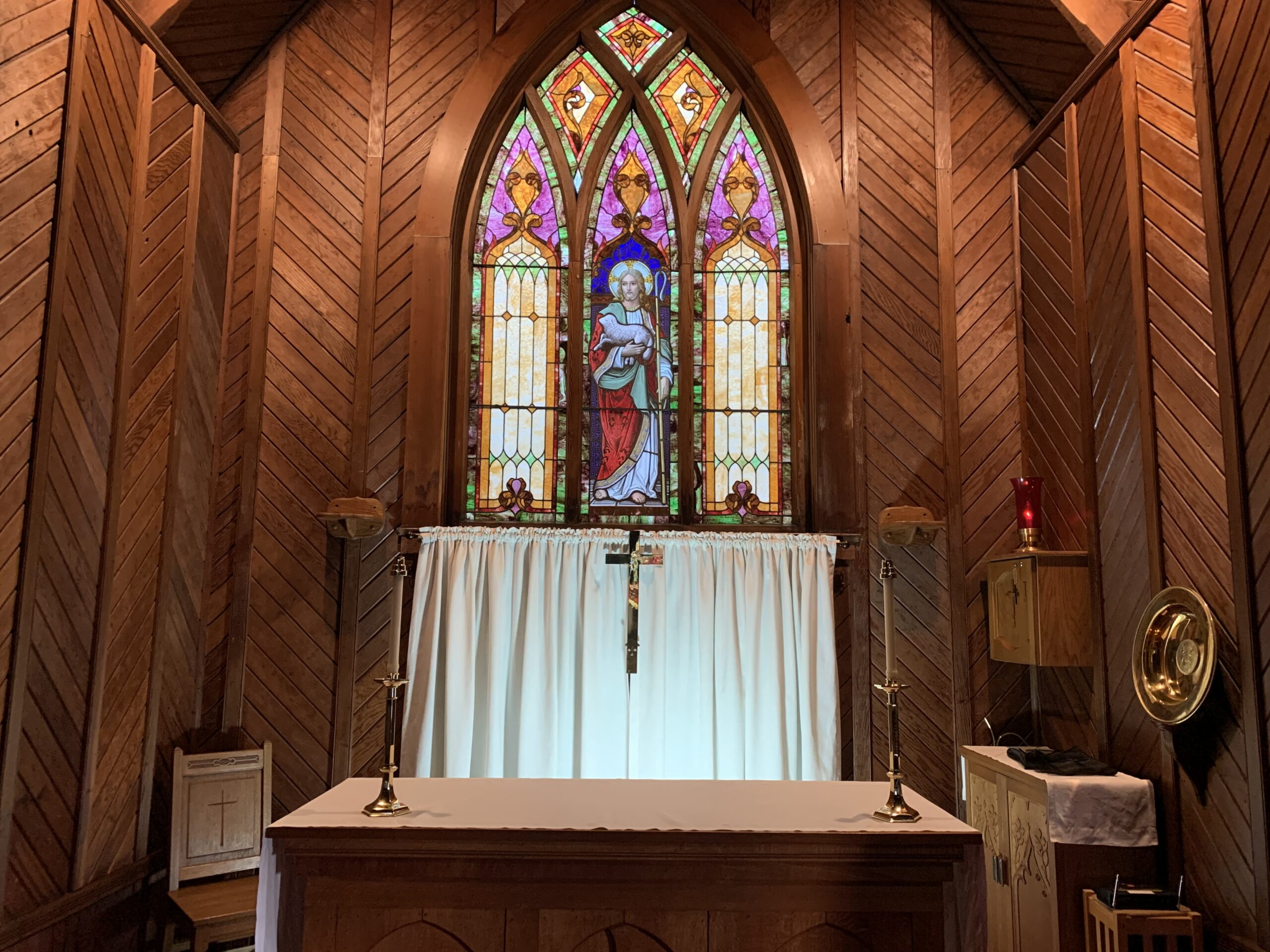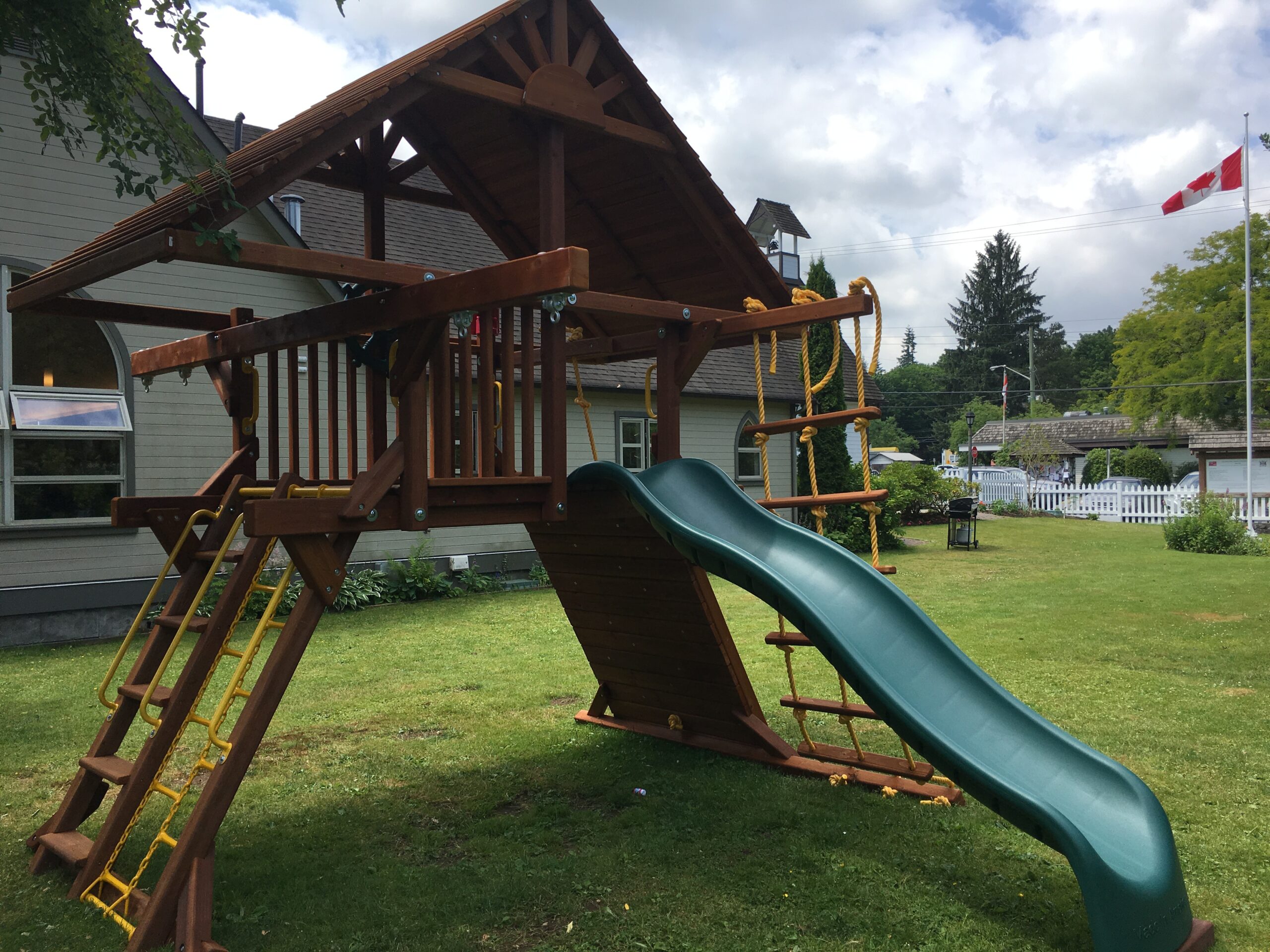The video for this week’s Godly Play lesson is presented by Diana Williams from the Diocese of Swansea & Brecon in Wales. In the video we hear the Mystery of Pentecost, Lesson 13 from Volume 4 of Jerome Berryman’s Complete Guide to Godly Play.
This week’s Godly Play story is the third of the three great times in the Circle of the Church Year: the Mystery of Christmas, The Mystery of Easter and the Mystery of Pentecost. This Mystery is marked by the red block on our wall calendar, and in the Circle of the Church Year lesson – the wooden block that when we tell the story always feels “HOT” to the touch!
Something strange happened on Pentecost that had to do with “tongues” of fire and speaking so that no matter what “tongues” others spoke, they could understand what was meant. Did their tongues burn in their mouths as they began to communicate in a new way? Was their communication non-verbal? Can God’s presence be communicated in words?
The strange event on the Day of Pentecost reminds us of an earlier day when communication had become so fractured, so that what before had been so understandable was now babel – a confusion of tongues. This is why this lesson begins with the Tower of Babel.
This lesson resembles a parable (the ones on our shelves in gold wooden boxes). Like a parable it is meant to be symbolic, rather than historical. In this lesson, the stacked wooden blocks, representing the Tower of Babel, add concreteness to the story, while the strips of brown felt representing the walls of Jerusalem and the symbols for the Apostles, shifts the lesson to the parabolic rather than historic. In this way, we leave room for God to enter and play. Making the presentation too realistic blocks the mystery, shuts the door to God’s presence, and turns the event into past history, not present encounter.



